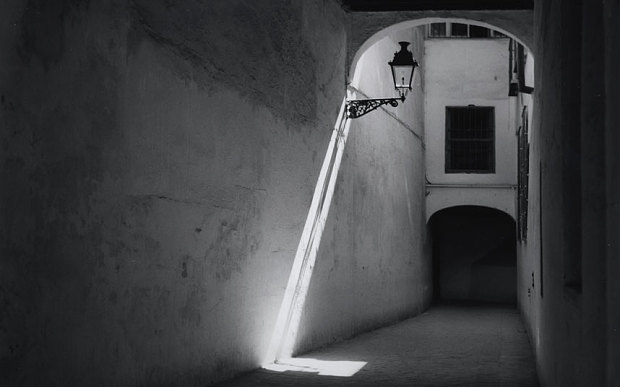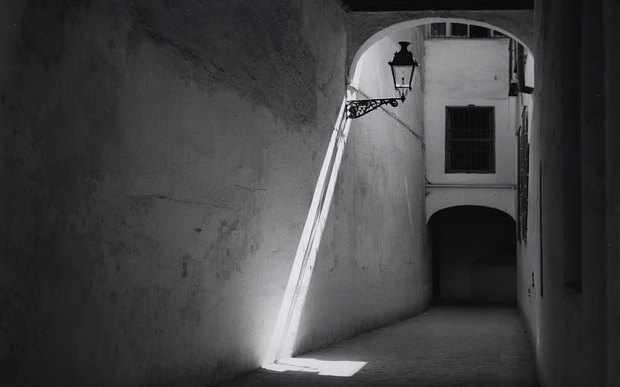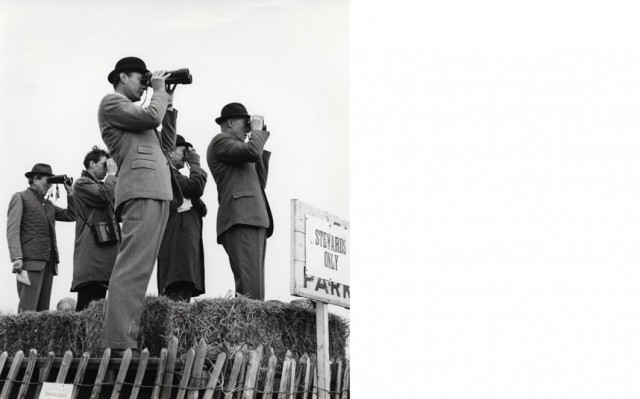Dorothy Bohm on her 90th birthday recalls her life journey from leaving her family and moving to Britain to her marriage and her experiences during her photographic career.
Born Dorothea Israelit in the year 1924 in Königsberg in East Prussia. She belonged to a family of affluent Jewish Industrialists in Lithuania. She recalls as a kid she saw a Hitler Youth march, seeing the procession carrying Swastika and being kicked by them and called a ‘Judische Kröte’ – a Jewish toad. Her family moved from Lithuania fearing the worst. They first moved to Memel and then to east of Šiauliai and she was moved to England like her brother in 1939. She was bid adieu by her father, who gave her a Leica camera that he has recently purchased. While leaving for England she didn’t know if she will get to see her family again and all she carried with her was from her parents was the camera.
Dorothy who was 15 then, joined a boarding school in Ditchling, East Sussex and studied with six year old as she didn’t know English. After a year of study she moved to London and joined as an apprentice in a photographic studio in Baker Street, London. She liked London as there were no anti aircraft guns and people were very friendly and helpful.
Later Dorothy joined her brother in Manchester, where she also met her husband and she became a professional photographer. Louis Bohm, a Polish Jew, her husband also left Europe to study in Britain. He has lost his mother and sister in the Warsaw Ghetto. There was a lot in common between Dorothy and Louis. After the end of the war she married Louis and opened her own studio – Studio Alexander and started offering portrait of residents in Manchester. She remembers that she was a bread earner while her husband completed his Phd. She smiles, “’I’m still proud of it. When we married I had the studio and Louis had a fairly rotten bicycle” It was portraiture that taught her to understand an individual’s personality which didn’t see before.
In the 1950s she took her Rolleiflex to Ascona in Switzerland to capture the bohemian life of the artistic community. She said, “Studio portraiture is easy. You’ve got control of lighting. Once I started out of doors it was quite different,’”. And her ability to engage with her subjects helped her to work with them. The same year she came to know from the Red Cross that her parents and sister are alive in Russia. They had to spend 20 years in a worst labour camp in Siberia. She got her parents to Britain, where her father took up painting, The Telegraph reports.
Due to her husband’s work and her family links to Russia she went to some of the exotic locations such as New York and Moscow. In 1969 she had her own show People at Peace in ICA London. It was a poles to another exhibition by Don McCullin entitled The Destruction Business. The next year she published her book, A World Observed.
The Photographer’s Gallery was opened in London in 1971 and Dorothy became its Associate Director. Until, then there had been just one major photography exhibition of Cecil Beaton. She stayed with the gallery for 15 years and worked with some of the leading photographers.
When her husband died in 1994 her desire to take pictures waned off but then she thought of her husband and her father that they will not be happy with her decision and she started photography again.


